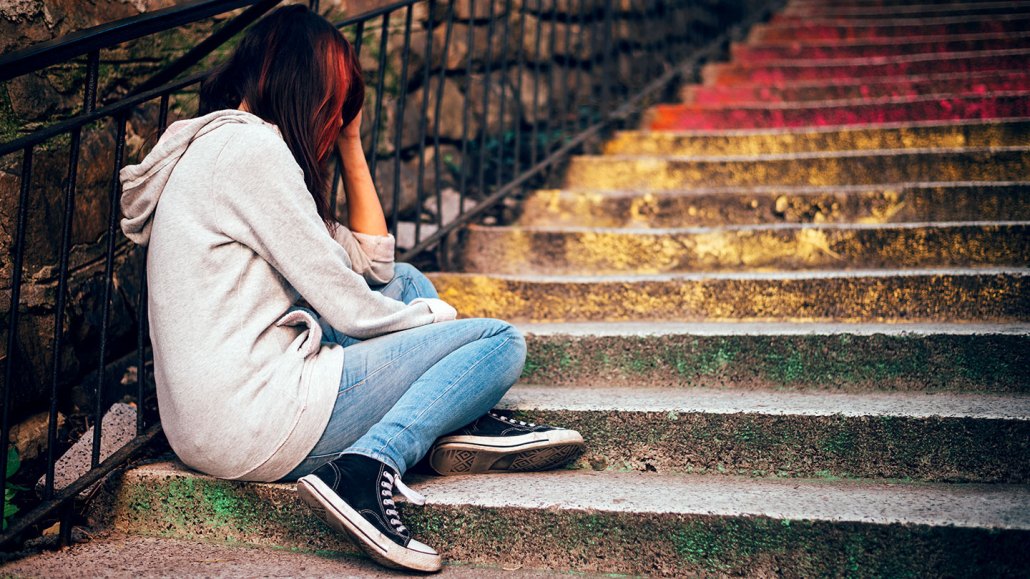Questions for ‘Being a teen has always been hard; now it’s especially so’

One in three high school students report long periods of sadness or hopelessness. Among girls, half say they feel this way. Such an epidemic of feeling bad affects younger kids, too. But these dark periods won’t last forever. And data now show that getting treatment can ease such rocky periods.
pixelfit/E+/Getty Images Plus